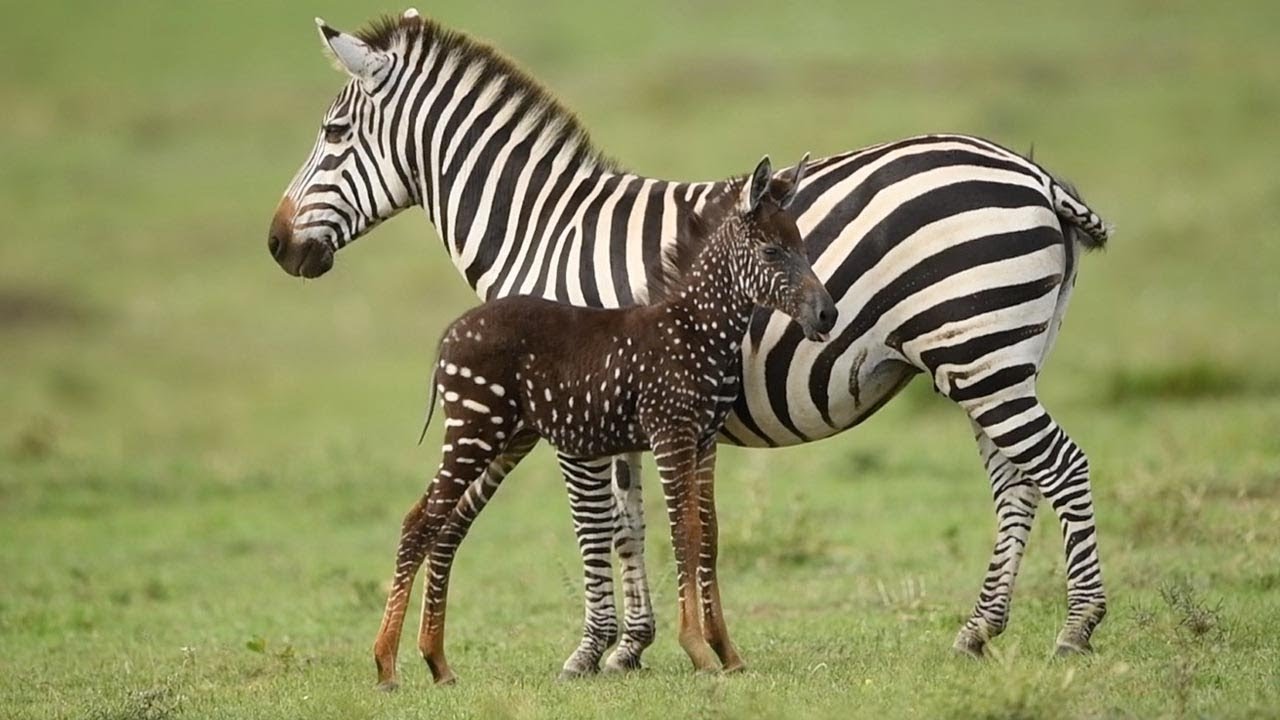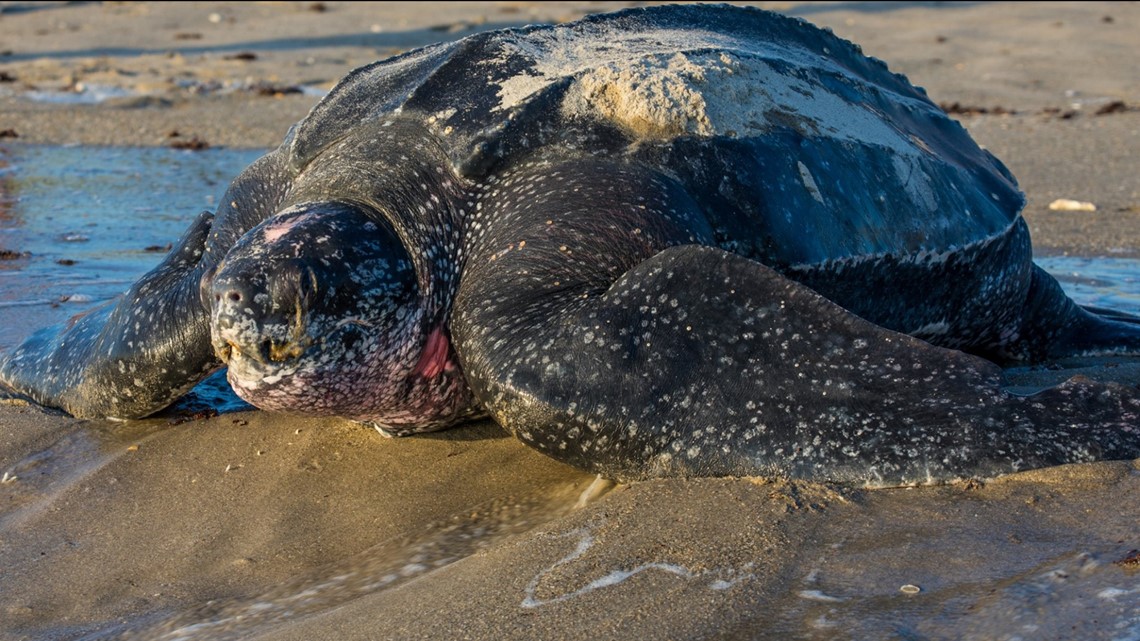She is believed to be the first polka-dotted zebra ever discovered in the Maasai Mara National Reserve.

Image credit: MMWCA
When talking of zebras, we usually have animals with black and white stripes on mind. But in Kenya’s Maasai Mara, an exceptional brown foal with white spots on a brown background was spotted recently by a trekking guide and subsequently captured by several photographers.
The unique coloring of the animal, named Tira after its discoverer, is due to a genetic mutation. According to a statement from the Maasai Mara National Reserve, a similar specimen was found a few years ago, but that foal had visible stripes and the tail was brush-like.

Image credit: MMWCA
Experts believe that in Tira’s case, a type of melanism is causing the strange pattern. The disorder, which has also been observed in panthers, lynx, and penguins, among others, involves the build-up of a dark pigment called melanin, which causes the skin and hair to darken.
Due to the same reason, Tira’s coloration is reversed from the usual pattern of zebras. Typically, zebras exhibit stripes that encircle their back and legs, leaving a solid white underbelly where all the stripes converge. However, Tira has a brown underbelly adorned with polka dots, along with a plain brown back. And although melanism in zebras has been observed several times since 1977, dotted zebras are extremely rare.

Today, the majority of researchers believe that the main function of zebra stripes is not camouflage, but to keep away bugs, especially horseflies, and distinguish between conspecifics. Because of its spotted coat, Tira is unfortunately more likely to be stung and her unique color pattern may make her more attractive to predators.
“Research on other species has shown that, while it is harder for a predator to target an individual in a group, it is easier if an individual is different,” UCLA biologist Ren Larison tells Nat Geo. “I have seen several photos of foals with this specific pattern over the years, but only one photo—from the ‘50s—in which the individual was either a juvenile or adult.”


So, let’s keep our fingers crossed for her…








